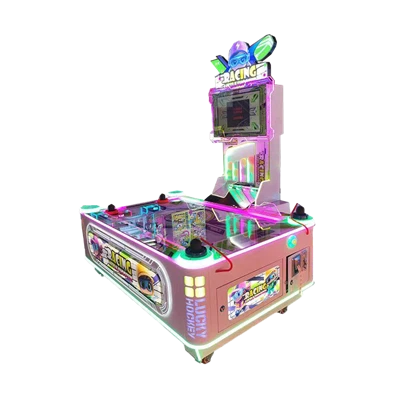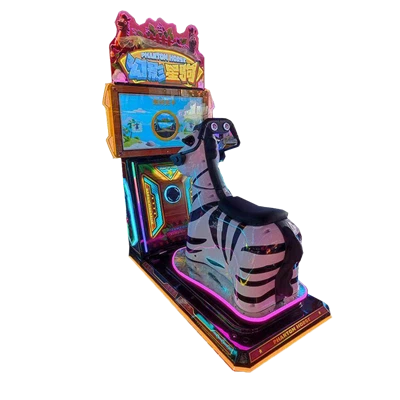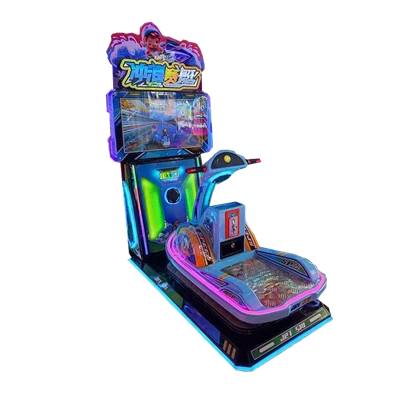Short answer: the 1980s gave arcade racing its DNA - handfuls of now-legendary cabinets turned technical tricks (sprite-scaling, cockpit rigs, bold soundtracks) into visceral driving thrills. If you want one-liners: Pole Position started the template, Out Run made it cinematic, and Hang-On / Super Sprint / Turbo filled the floor with variety.
The landmark titles
- Pole Position (1982, Namco) - the archetype: time-trial format, Formula-style look, tight handling and a qualifying-lap mechanic. It set the commercial blueprint for track-based racers.
- Out Run (1986, Sega) - the blockbuster: branching routes, bright coastal scenery, and a sit-down cockpit that sold escapism as much as gameplay. Out Run nailed the "drive to nowhere" fantasy and became a cultural icon.
- Hang-On (1985, Sega) - motorcycle racing brought a new cabinet form: riders leaned into a bike chassis, adding body motion and immersion that differed from wheel-and-pedal rigs.
- Super Sprint (mid-80s, Atari Games) - top-down, multiplayer, frantic; great for small-group competition and bar/coin-op profitability.
- Turbo and Spy Hunter (early-80s entries) - not pure sims, but important: they added combat and variety to the driving formula, widening player appeal.
What made 80s racers special
- Hardware tricks: sprite-scaling and pseudo-3D gave the illusion of depth before true 3D was practical. Manufacturers (especially Sega and Namco) used dedicated boards to push fast, smooth roads.
- Cabinet design: deluxe sit-down cockpits, motion bikes, and dramatic marquees made these units visual magnets on the floor - they sold plays by being seen.
- Easy-to-grasp rules: short sessions, clear objectives (beat the clock, finish first), and immediate feedback made repeat plays natural - perfect for arcades.
- Sound and style: catchy tunes and memorable sound effects amplified the fun and made cabinets shareable content long before social media.
Why it still matters - operator and collector takeaways
- For operators: 80s racers teach a simple lesson - combine spectacle with short, rewarding sessions. Modern replacements should preserve visibility (deluxe shells), quick entry, and clear rewards to maximize turnover.
- For collectors & museums: original 80s cabinets are historic conversation pieces; their rarity and visual presence make them high-value display items. Restoration of marque art and monitors is worth the cost for authenticity.
Bottom line
The 1980s didn't just produce games - they defined what a racing arcade felt like. Pole Position taught players precision; Out Run taught them atmosphere; Hang-On taught them bodily immersion. For anyone building or operating a racing section today, the rule is the same: make it look irresistible, make it play fast, and give players a reward they can chase again and again.






